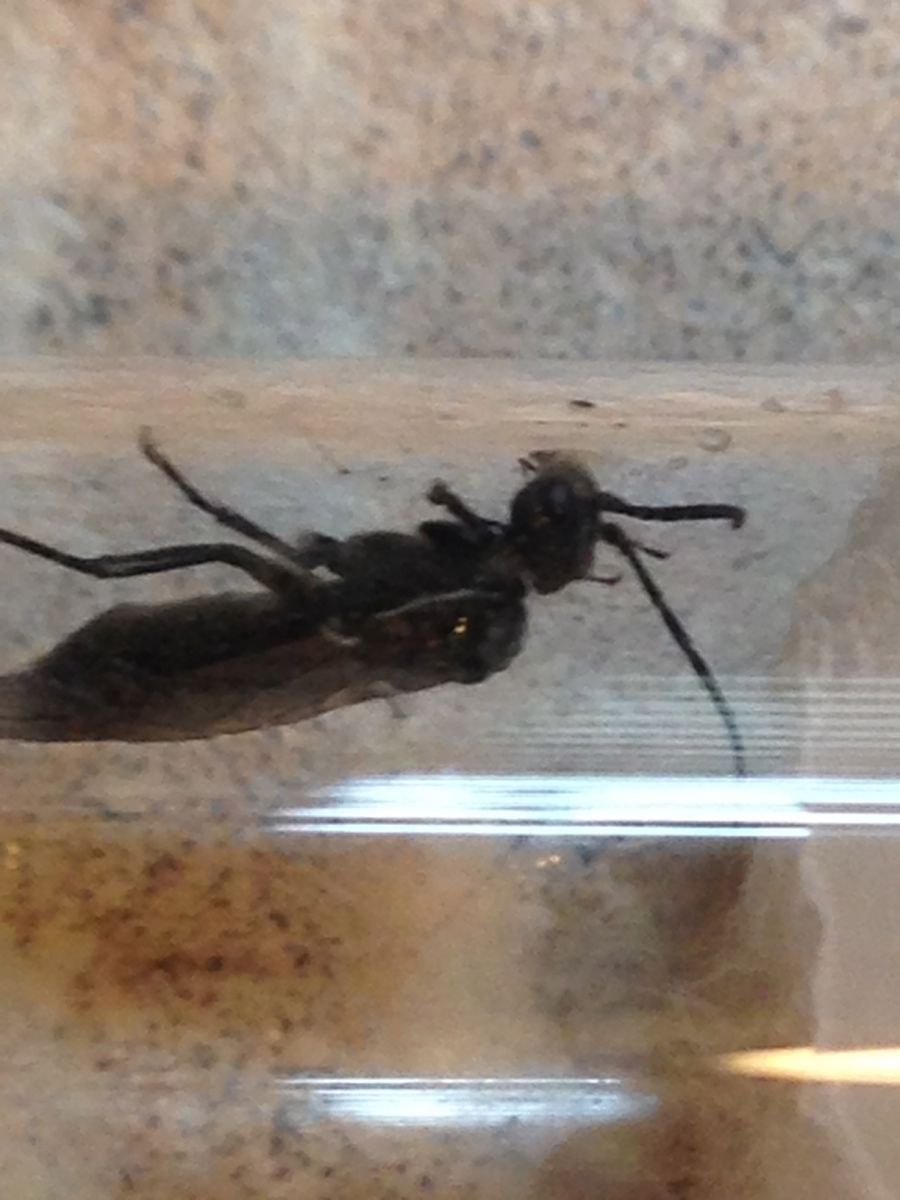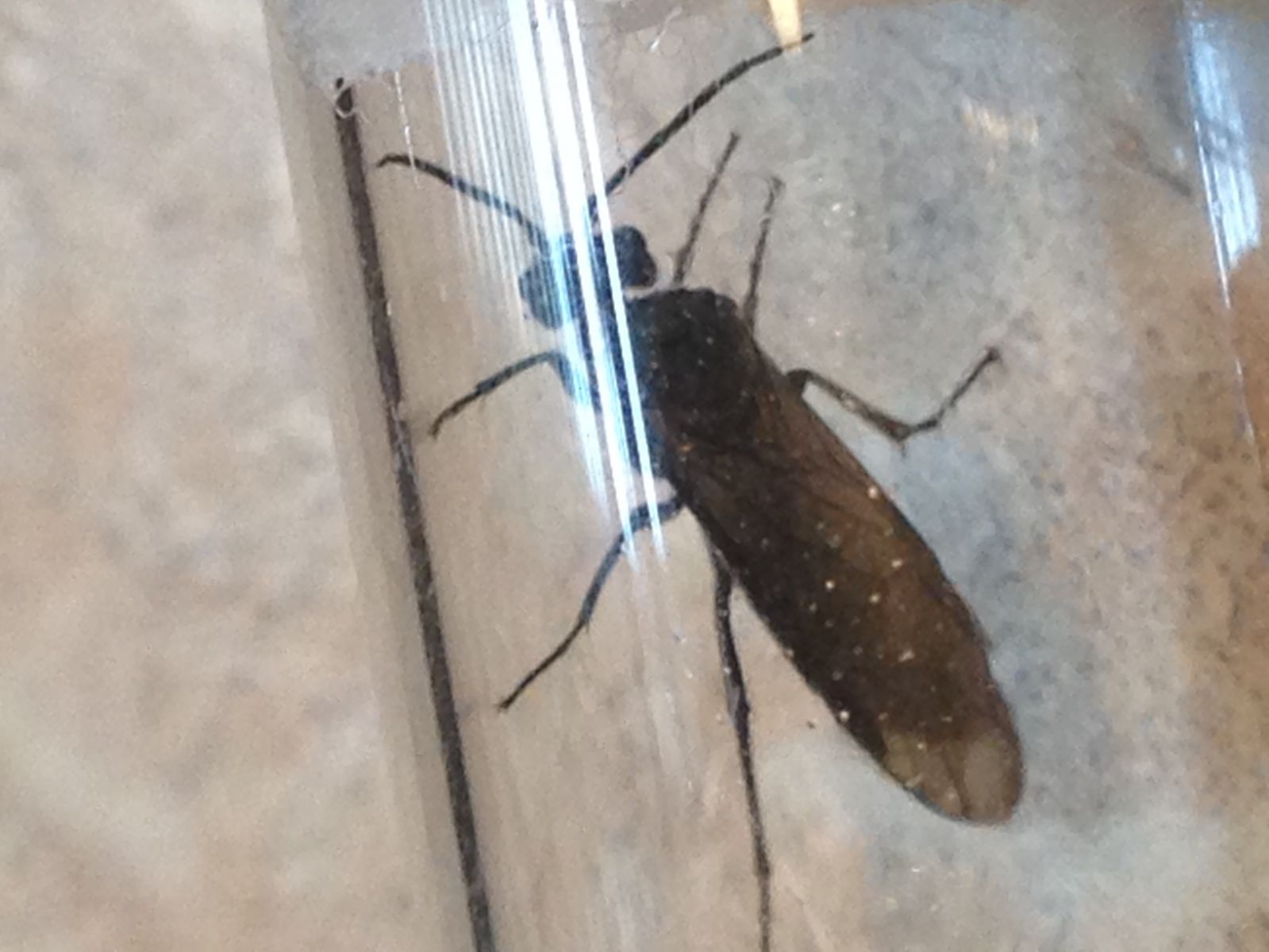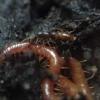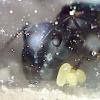Hi all,
So I am just getting into the hobby- and found my first ever suspicious ant. I am curious if this is a queen foremost- then if a species can be identified even better.
I was just leaving work today, and found this on the sidewalk (sure my co workers thought I was crazy stopping in the middle of the exit for collection).
This was found in Columbus, OH. The weather is sunny, and right at 60 degrees. Measurement seems to be 1.5 cm.
























